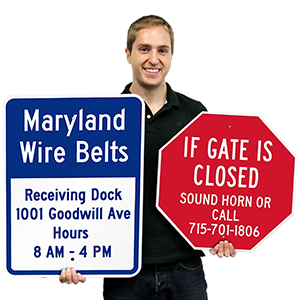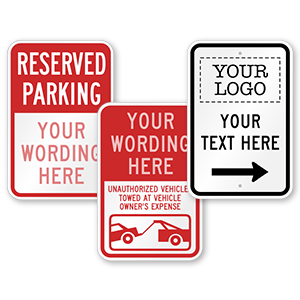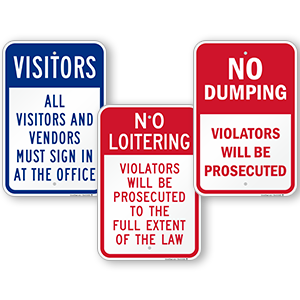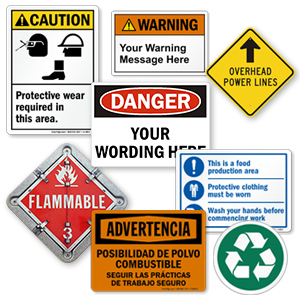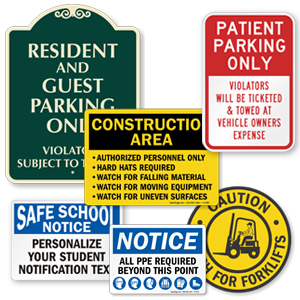On wayfinding tools for older adults
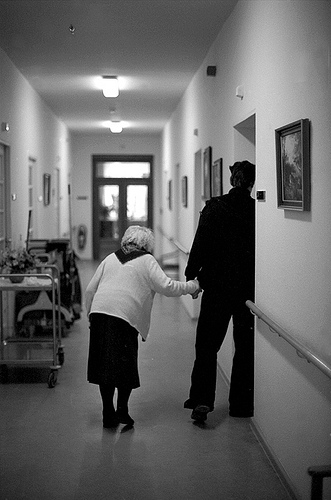
Wayfinding in communities with older adults poses plenty of challenges, and requires a personal approach. A recent study suggests some solutions. Image from Ulrich Joho.
By the year 2030, nearly one in five Americans will be 65 years of age or older. That’s a dramatic increase from 2000, when the figure was more like one in eight. Researchers and the media have addressed many implications associated with the aging population, but one side effect is just beginning to attract attention: community wayfinding.
In 2030, there will be 72.1 million older adults in America. Aging is associated with decreased cognitive and physical capacity for many people, but that doesn’t mean older adults are – or wish to be – confined to their residences. Just like adults of any age, older adults want to be able to navigate around their communities, even if they don’t drive. Wayfinding is a significant problem for communities with substantial populations of older adults, and the problem is only going to get larger as the percentage of older adults continues to grow.
A recent study (Marquez et. al, 2015) explored the relationship between older adults and community wayfinding tools, and highlighted the increasing demand for community environments that support wayfinding. The study, published by the Southern Gerontological Society, concluded that community wayfinding is essential to support older adults’ mobility and community engagement.
The study’s authors interviewed and worked with 35 older adults who lived in senior community dwelling facilities on Chicago’s south side. This area has “low socioeconomic status and documented health disparities.” Study participants had varying levels of health status and cognitive decline, but each reported walking or wheeling throughout their community at least once per week.
Participants reported that person-to-person interaction was the most common form of navigational assistance. (In other words, if they got turned around or needed help finding a location in their community, they asked for directions from a neighbor, transit official, police officer or other authority, someone at the location to be visited, or a kind stranger.)
And, yet, while participants often did rely on person-to-person navigational assistance, they sometimes did so with some reluctance and concern for personal safety. As one participant put it, “You can’t just ask anybody [for directions].”
A universally appreciated method of wayfinding: legible street signs and clearly defined landmarks. Street signs and other signage were named as the number one most helpful wayfinding feature in the study, followed by landmarks.
Landmarks are a great option if you’re in a neighborhood that you spend a lot of time in (i.e., “Turn right at the church where Bob and Sue got married”), but what if you’re finding a new route or venturing into an unfamiliar neighborhood? What if you’re a visitor? And what if you’re an older adult who has always relied on that church as a landmark, but the church is replaced with a condo development? In these instances, high quality signage clearly wins out.
In addition to highlighting the importance of legible street and location signage, participants emphasized the importance of being able to “orient” oneself. For instance, many participants relied on their ability to know cardinal directions and establish their position relative to Lake Michigan.
So, what if wayfinding signage went beyond street signs to include detailed, legible maps with cardinal directions, arrows, landmarks, and other orienting features? That’s what’s beginning to happen in a lot of cities, including Toronto, London, New York, and Vancouver.
These programs may have originally been conceived for the benefit of visitors, but residents can benefit significantly from advanced wayfinding signage. This is particularly true for many older adults, who may not drive or rely on GPS-enabled smartphones (only two of the 35 participants in the study relied on GPS for wayfinding).
As we progress toward increasingly technologically advanced pedestrian wayfinding with mobile integration and interactive features, the study’s authors might remind us that many people, especially older adults, simply want to get to a coffee shop on foot safely and confidently. A thoughtfully conceived, legible sign might be all it takes to get them there.

